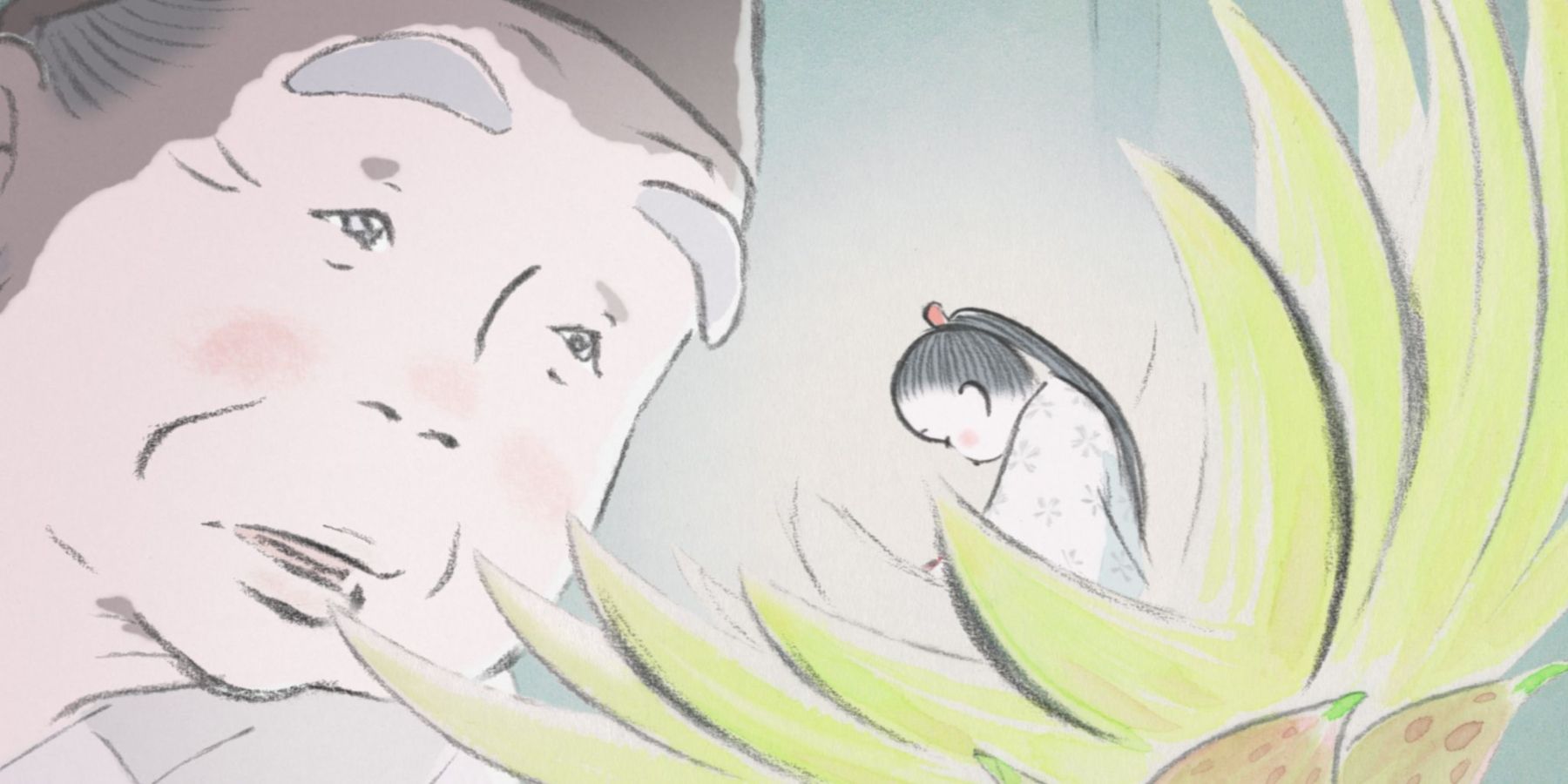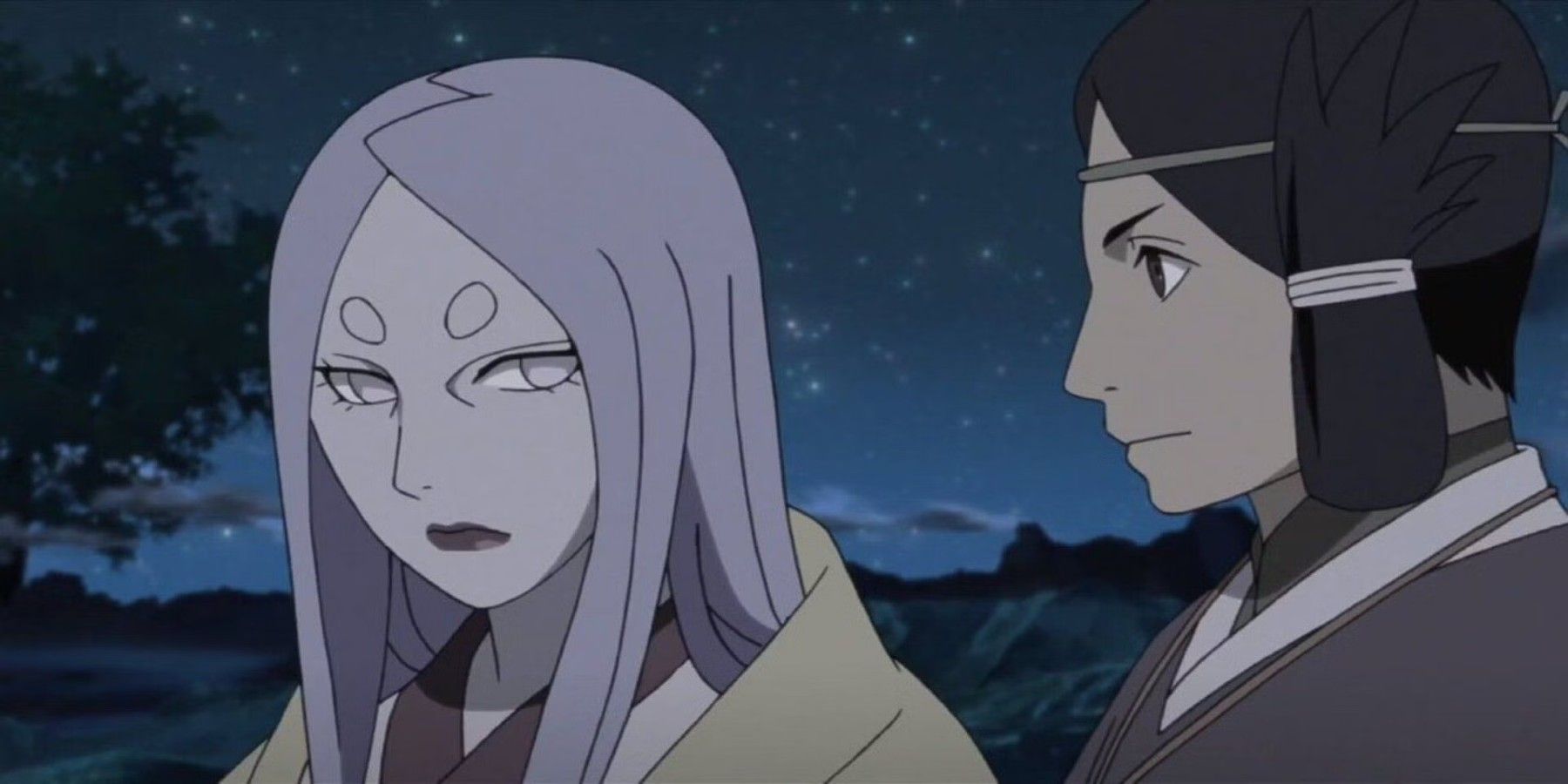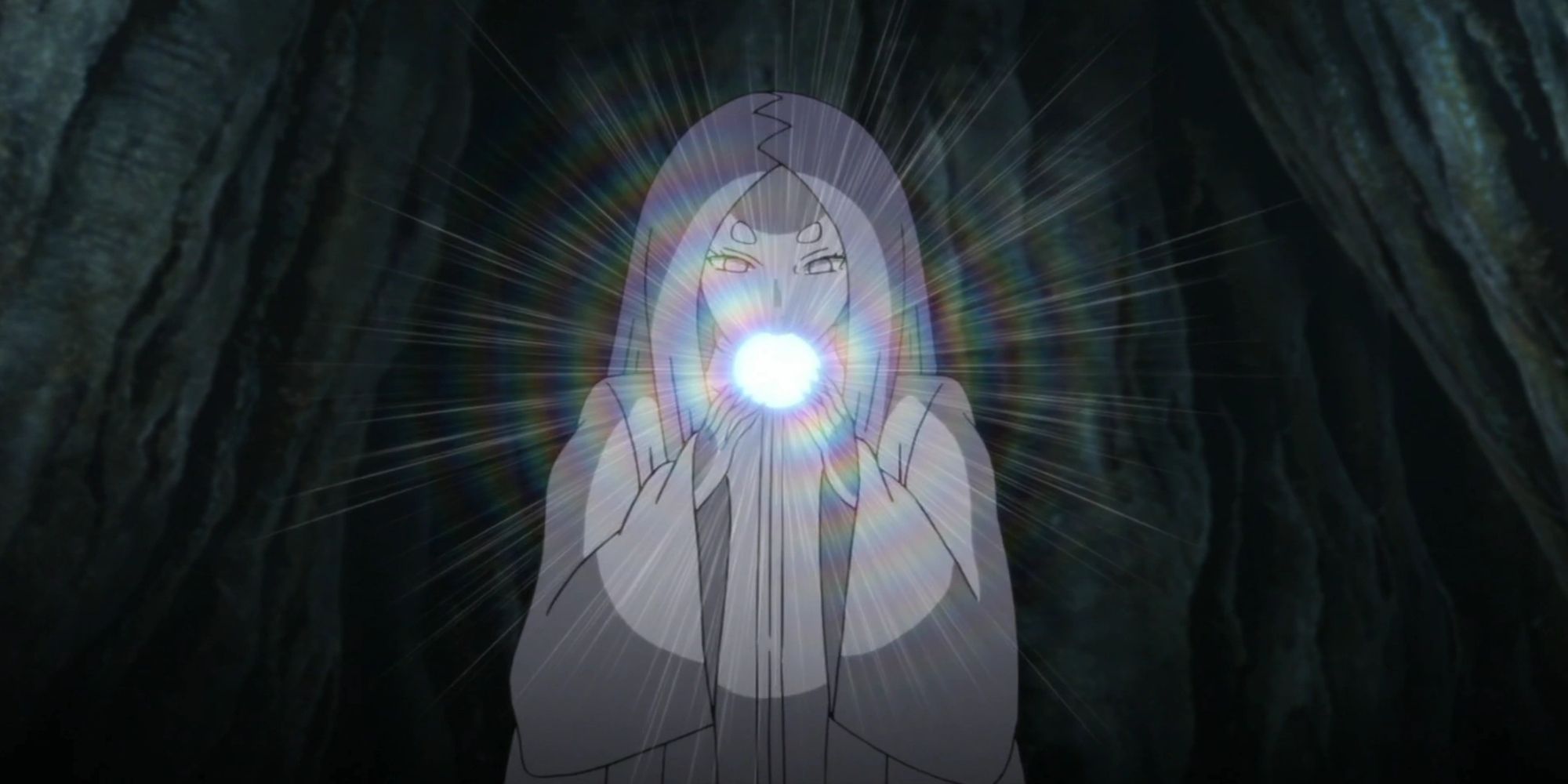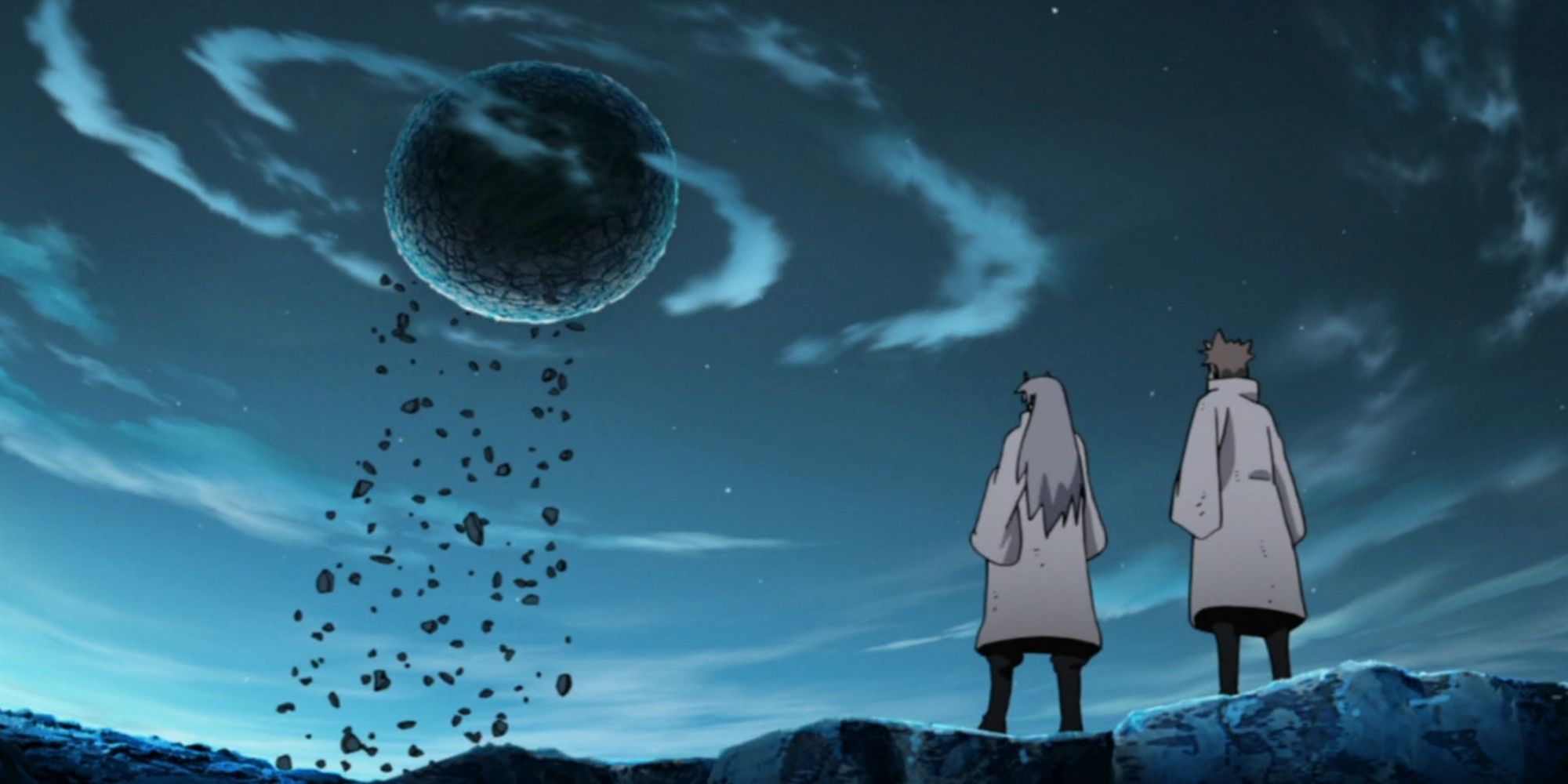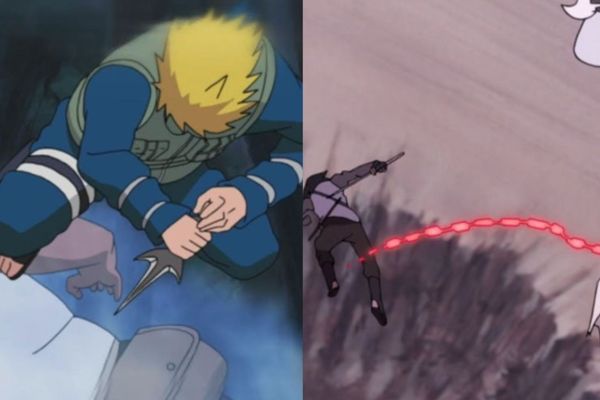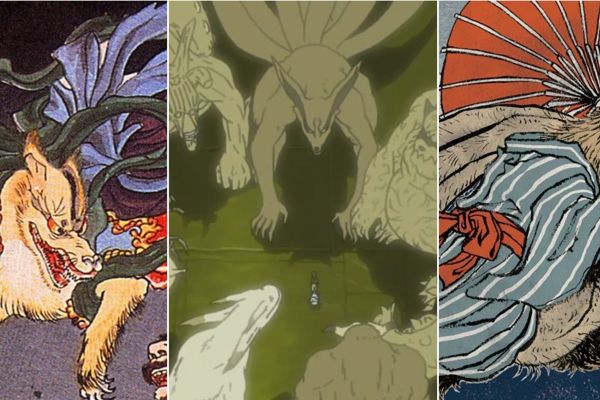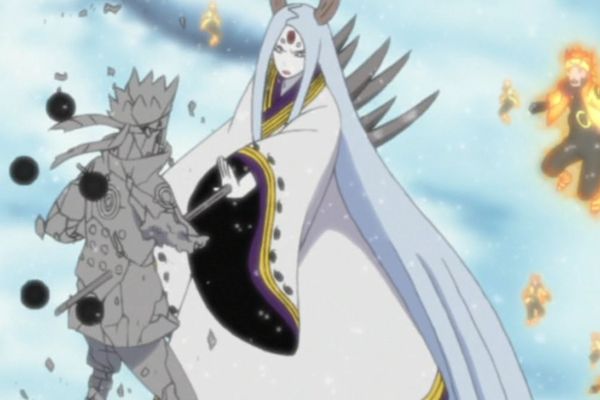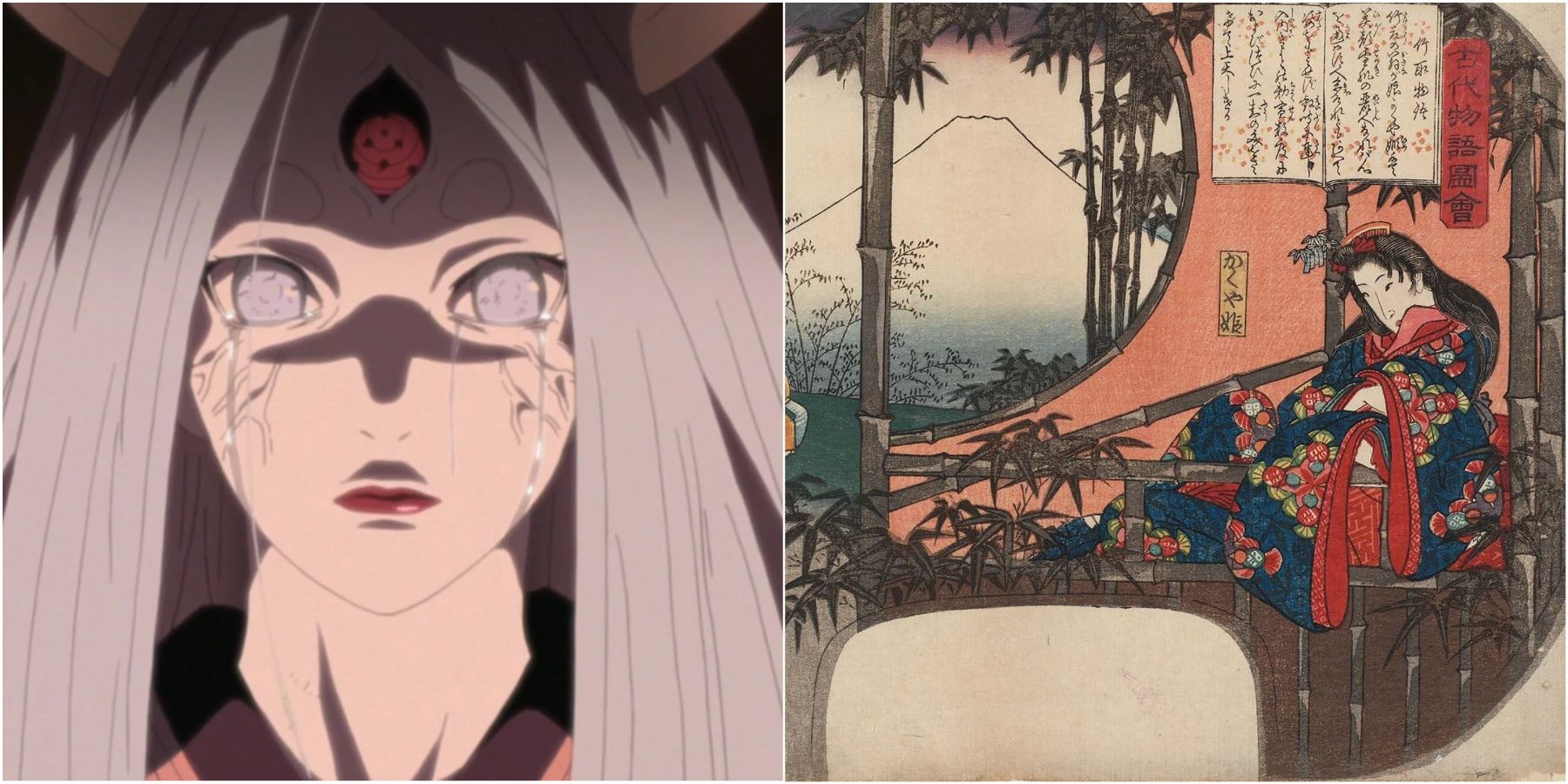
Kaguya Otsutsuki: The Lunar Princess and the Bamboo Cutter's Legend

Naruto's final villain, Kaguya Otsutsuki, draws inspiration from the Japanese tale of The Bamboo Cutter Her character gains depth through this reference to the classic narrative, which includes themes of love, attachment, and the otherworldly
The Naruto series is well-known for its inspiration from various folklore and mythologies, particularly Japan's indigenous mythos. While some concepts, like Chakra and the Paths of Pain, are easily recognized as references to religious mythologies, others are more complex to decipher. Kaguya Otsutsuki, for example, is a notorious villain drawn directly from the Tale of the Bamboo Cutter, one of the oldest preserved monogatari in Japanese folklore. Despite being a controversial character among the anime's fansbase, many are unaware that Kaguya's origins and backstory reflect the elegant princess in the tale, adding a layer of depth to this problematic antagonist's characterization.
The Tale of the Bamboo Cutter’s Narrative
The Tale of the Bamboo Cutter, a renowned monogatari, has been adapted in modern Japanese media several times. Its influence is evident in various anime series, with Naruto being a significant example. Although the narrative of the tale shares many similarities with Kaguya Otsutsuki's origins, the adaptation in the anime may have some variations to better fit the storyline, resulting in some deviations from the original tale.
The story is about Princess Kaguya, a descendant of the people on the moon, who is discovered by a bamboo cutter inside a glowing bamboo stalk. Initially, she appears as an infant the size of a thumb, but within a few months, she grows into a stunning young woman. As the bamboo cutter has no children of his own, he decides to adopt the enigmatic infant. Kaguya's exceptional beauty attracts many potential suitors vying for her hand in marriage as she grows into a stunning woman.
Falling in Love With an Emperor
Despite catching the eye of the Emperor of Japan and sharing his sentiments, Princess Kaguya refused to marry him. However, they remained in touch even after she was forced to return to the moon. Although she had become attached to the people on Earth and did not want to leave, all of her memories and emotions were washed away when she was taken back to the moon.
Kaguya Otsutsuki's origin story closely follows the Tale of the Bamboo Cutter. Hailing from a distant planet, she was sent to Earth with the purpose of nurturing the God Tree's fruit. Upon arriving, she was taken in by the inhabitants of the Land of Ancestors, a small settlement that existed thousands of years ago in the Naruto universe.
Materialistic Attachments That Were Later Forgotten
Following the path of many women in history, she became a concubine to the Emperor of the nation. As time passed, she found herself falling deeply in love with him, mirroring Princess Kaguya’s story. Both women shared a similar fate, as they fell in love with the Emperors of their respective nations. Although Princess Kaguya was unable to reciprocate her feelings to the Emperor, Kaguya Otsutsuki eventually formed a material attachment by marrying the Emperor of the Land of Ancestors.
After becoming pregnant with the Emperor's child, Kaguya Otsutsuki developed a strong emotional attachment to the planet and its inhabitants. She decided to abandon her mission of tending to the Chakra Fruit and instead focused on protecting the planet. However, as she gained more power, Kaguya's feelings towards the people began to change. She became corrupted and started killing them without hesitation, turning them into an army of White Zetsu.
Returning to the Moon
Although it may not perfectly align with the Tale of the Bamboo Cutter, the concept of Princess Kaguya losing her emotions and becoming a shell of her former self is a powerful symbol. Her empathy, capacity for love, and emotional depth were all stripped away, leaving her feeling empty and devoid of feeling. This loss of emotional depth was so profound that it felt as though she had never truly experienced love in the first place.
The parallels between the Tale of the Bamboo Cutter and Kaguya Otsutsuki's story are striking, as both culminate in the moon becoming a significant element in the narrative. In the Naruto franchise, after a long and arduous battle, Kaguya is ultimately sealed away by her twin sons, Hamura and Hagomoro Otsutsuki. Employing the Chibaku Tensei technique, the two brothers seal their own mother into the sky, with the technique's aftermath resulting in the creation of the moon.
The allusion to the conclusion of the Tale of the Bamboo Cutter, in which Princess Kaguya is transported to the moon for eternity, serves as a direct reference in this context. The significance of Kaguya Otsutsuki's past is evident at this juncture, as her story is closely connected to this well-known Japanese monogatari, contributing further intricacy and nuance to her role as a notorious antagonist.
